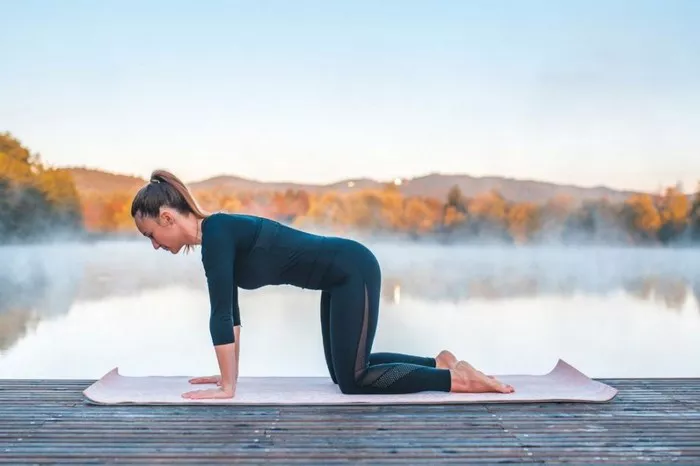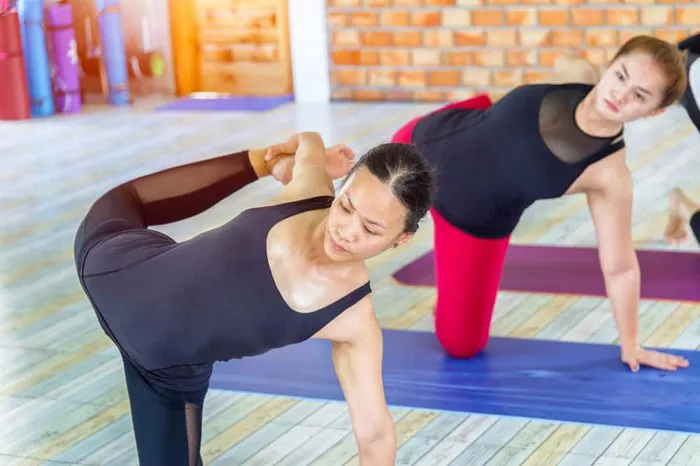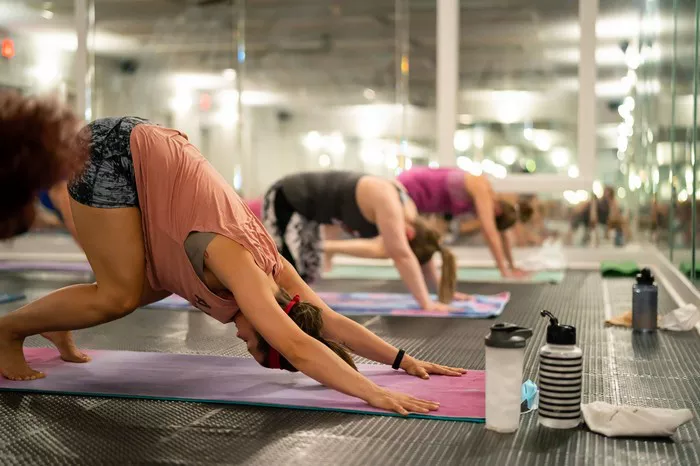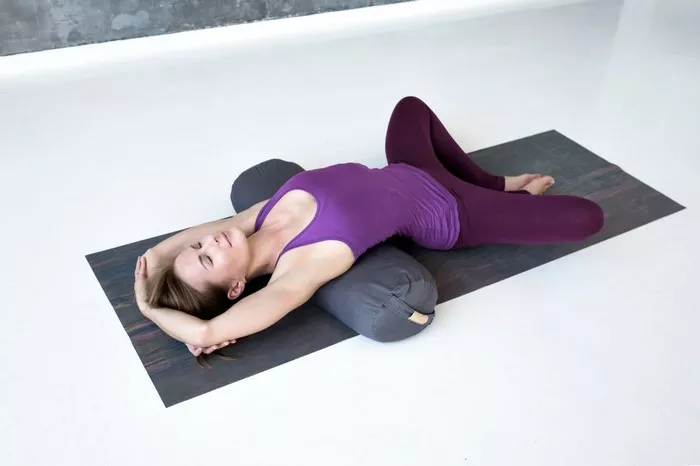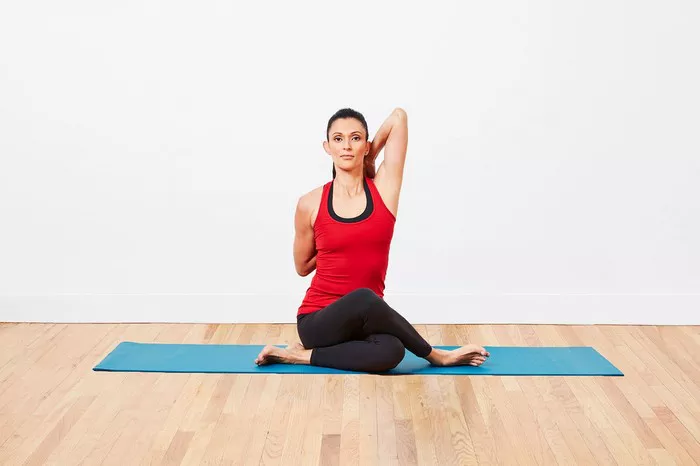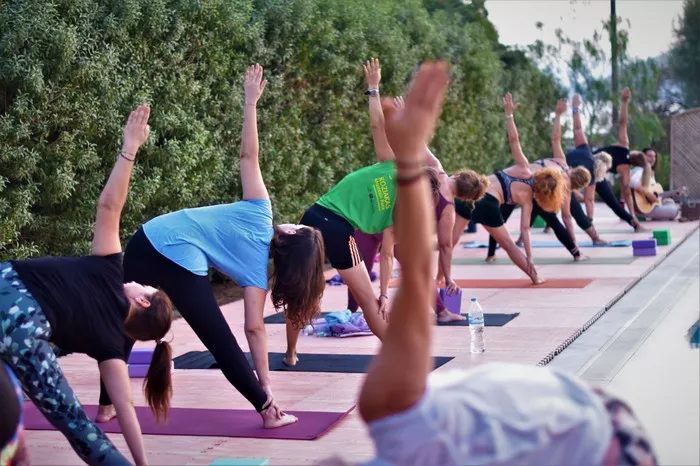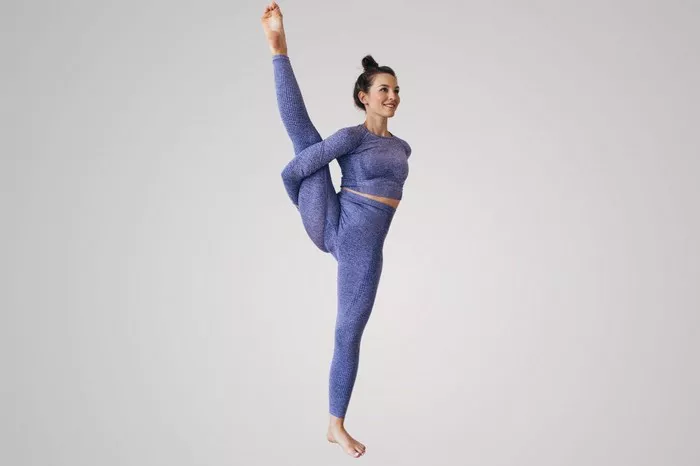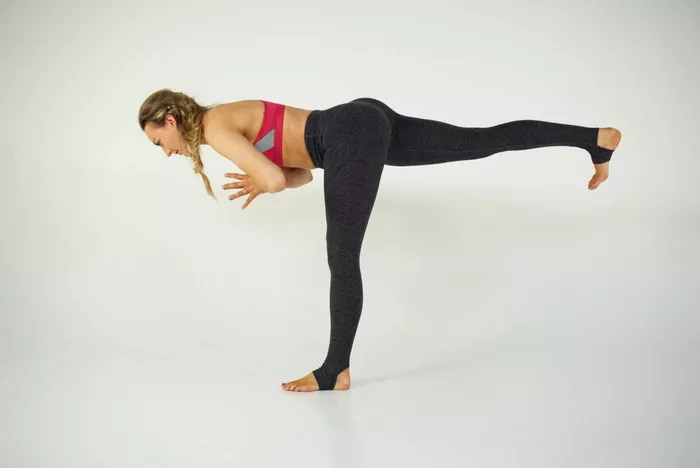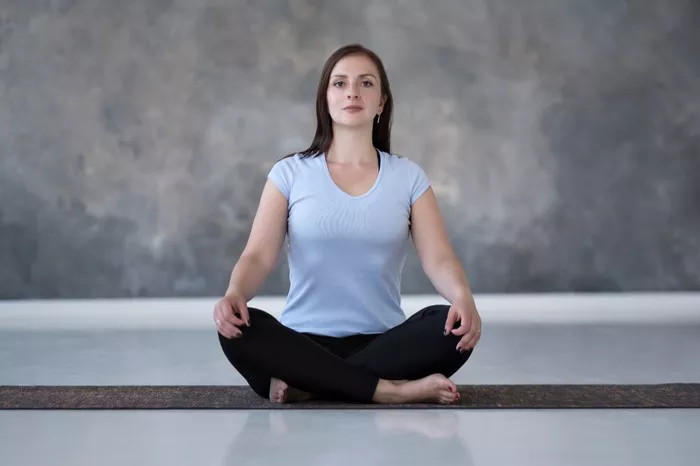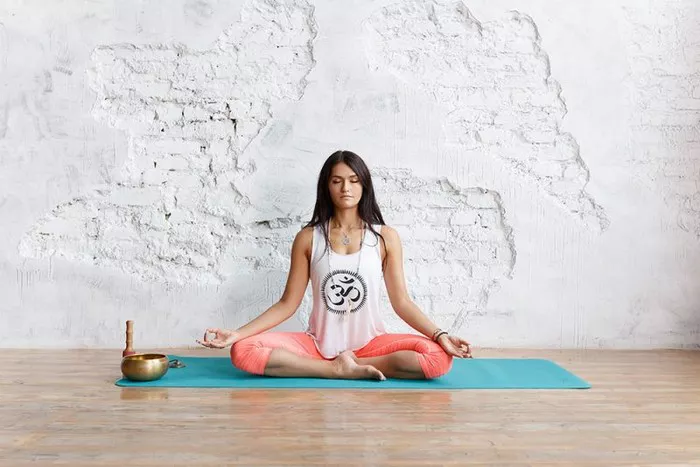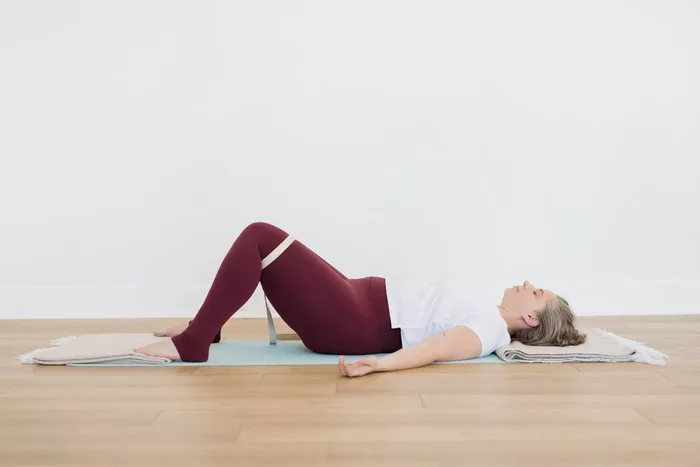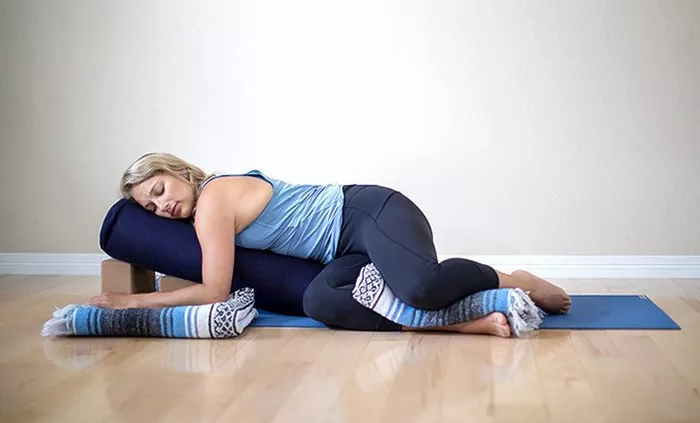Bridge Pose, or Setu Bandhasana, is a foundational backbend in yoga that strengthens the back, opens the chest, and energizes the body. Often featured in both beginner and advanced classes, this pose offers a wealth of physical and mental benefits. However, like all yoga postures, it’s not suitable for everyone.
Practicing yoga safely means understanding not only how to perform poses correctly but also when to avoid them. In this comprehensive guide, we will explore the physical mechanics and benefits of Bridge Pose, delve into who should avoid it, and provide modifications and alternatives where appropriate.
Understanding Bridge Pose
Before examining contraindications, let’s briefly review what Bridge Pose entails.
What is Bridge Pose?
Bridge Pose (Setu Bandhasana) is a supine backbend where the practitioner lies on their back, bends the knees, places the feet flat on the floor (hip-width apart), and lifts the hips toward the ceiling. The arms are usually down alongside the body, sometimes interlaced beneath the back to encourage a deeper chest opening.
Key Physical Engagements
- Glutes and hamstrings are activated to lift the hips.
- Quadriceps stabilize the legs.
- Spinal extensors help arch the back.
- Shoulders and arms support the lifted posture when interlaced.
- Core muscles are engaged to maintain stability and protect the lower back.
Main Benefits
- Strengthens the glutes, legs, and lower back.
- Stretches the chest, neck, spine, and hip flexors.
- Improves posture by encouraging spinal extension.
- Stimulates abdominal organs and the thyroid gland.
- Calms the brain and alleviates mild depression and stress.
- Reduces fatigue and alleviates anxiety.
Despite its accessibility and many benefits, Bridge Pose is not a one-size-fits-all posture. Several health conditions and anatomical considerations make it risky for some individuals.
Who Should Avoid Bridge Pose?
1. People with Neck Injuries
Why It’s a Concern: Bridge Pose places a significant amount of pressure on the neck and cervical spine. When the hips are lifted and the shoulders roll under the body, the neck becomes a crucial weight-bearing part of the pose. For those with pre-existing neck issues such as cervical spondylosis, herniated discs, or whiplash injuries, this compression can exacerbate symptoms or lead to further injury.
Recommendations:
- Avoid Bridge Pose entirely unless cleared by a medical professional.
- Use props like a folded blanket under the shoulders to reduce neck strain, under professional guidance.
- Try gentler chest openers like Supported Fish Pose with bolsters.
2. Individuals with Severe Back Issues
Why It’s a Concern: Bridge Pose involves spinal extension and pressure on the lumbar region. Individuals with lower back pain, herniated discs, spinal stenosis, or scoliosis may find this posture aggravates their condition. Lifting the hips without sufficient core engagement can cause compression in the lumbar spine.
Recommendations:
- Consult a healthcare provider before attempting.
- Avoid pushing into the full expression of the pose.
- Use props to reduce back extension (e.g., block under sacrum for Supported Bridge Pose).
- Focus on core-strengthening poses like Bird Dog or Dead Bug instead.
3. People with Shoulder Problems
Why It’s a Concern: The classic version of Bridge Pose often includes interlacing the hands beneath the body and rolling the shoulders under to lift the chest. This movement places significant demand on shoulder flexibility and joint integrity. Those with rotator cuff injuries, frozen shoulder, or recent shoulder surgeries may find this painful or dangerous.
Recommendations:
- Keep the arms alongside the body instead of interlacing.
- Avoid rolling the shoulders under if mobility is limited.
- Modify the pose or skip it entirely depending on severity.
4. Pregnant Women (in Certain Trimesters)
Why It’s a Concern: During pregnancy, especially in the second and third trimesters, lying flat on the back can compress the vena cava—a major vein returning blood to the heart—leading to dizziness or reduced oxygen supply to the baby. Additionally, intense backbends can strain abdominal muscles and contribute to diastasis recti (separation of abdominal muscles).
Recommendations:
- Avoid supine positions after the first trimester unless supported (e.g., with bolsters).
- Replace with gentle, upright backbends like Camel Pose or Supported Hero Pose.
- Practice Supported Bridge Pose with bolsters or blocks only under expert supervision.
5. Post-Surgical Recovery Patients
Why It’s a Concern: Those recovering from surgeries involving the spine, hips, shoulders, neck, or abdominal area should avoid any pose that stresses these regions. Bridge Pose, though moderate in effort for healthy individuals, can place considerable strain on healing tissues.
Recommendations:
- Wait until fully healed and cleared by a physician before practicing.
- Work with a certified yoga therapist or physical therapist for safe reintegration of movement.
6. People with Uncontrolled High Blood Pressure
Why It’s a Concern: Inversions and semi-inversions like Bridge Pose can raise intraocular and blood pressure levels. Although not a full inversion, Bridge Pose raises the heart above the head, which may be risky for individuals with unmanaged hypertension.
Recommendations:
- Skip Bridge Pose or practice a gentler version like Supported Bridge.
- Focus on calming, grounding poses like Legs Up the Wall or Seated Forward Bend.
- Emphasize breathwork and relaxation-based practices.
7. Glaucoma and Other Eye Conditions
Why It’s a Concern: Bridge Pose can increase intraocular pressure, particularly when the head is positioned below the heart. For those with glaucoma or retinal issues, this can worsen eye health.
Recommendations:
- Avoid poses where the head is lower than the heart.
- Opt for eye-safe alternatives and consult an eye care specialist.
8. Migraines and Headaches
Why It’s a Concern: Bridge Pose can worsen headaches or migraines due to the pressure it places on the head, neck, and upper back. The increased blood flow to the head, while beneficial in some contexts, may trigger or intensify symptoms in sensitive individuals.
Recommendations:
- Avoid during acute episodes.
- Try calming, restorative poses like Child’s Pose or Reclining Bound Angle Pose.
Warning Signs During Practice
If someone is attempting Bridge Pose and experiences any of the following symptoms, they should stop immediately:
- Sharp or shooting pain in the neck, back, or shoulders
- Numbness or tingling in the arms or legs
- Dizziness or lightheadedness
- Eye pressure or visual disturbances
- Shortness of breath or chest discomfort
These are red flags that the pose is not suitable or is being performed incorrectly.
How to Practice Bridge Pose Safely
If you are not in any of the risk groups but are still concerned, here are tips for safer practice:
1. Warm Up Properly
Always include gentle stretches for the hips, spine, and shoulders before attempting Bridge Pose. Good preparatory poses include:
- Cat-Cow
- Pelvic tilts
- Supine twists
2. Use Props
- Place a block under the sacrum for Supported Bridge to reduce muscular effort and spinal extension.
- A folded blanket under the shoulders can protect the neck.
3. Engage the Core
Activating the core muscles protects the lower back and ensures the movement originates from strength, not passive flexibility.
4. Avoid Overarching
Keep the ribs slightly tucked and avoid pushing the belly too high. You want to lift through the hips and chest, not collapse into the lumbar spine.
Safer Alternatives to Bridge Pose
If Bridge Pose is contraindicated for you, consider these alternatives:
1. Supported Bridge Pose
Place a yoga block under your sacrum for support and keep your arms relaxed at your sides. This gentle variation provides many benefits without strain.
2. Legs Up the Wall (Viparita Karani)
This gentle inversion soothes the nervous system, improves circulation, and supports relaxation—without stressing the neck or spine.
3. Cobra Pose (Bhujangasana)
A prone backbend that strengthens the back and opens the chest with much less pressure on the neck.
4. Constructive Rest Pose
Lying on your back with knees bent and feet on the floor, this pose helps decompress the spine and is great for calming the body.
Consulting Professionals
If you’re unsure whether Bridge Pose is right for you, always consult:
- A certified yoga instructor (especially one trained in therapeutic yoga)
- A physical therapist familiar with yoga-based movement
- Your primary healthcare provider, particularly if you have pre-existing conditions
Don’t rely solely on general online advice—every body is different, and what works for one person may not work for another.
Conclusion
Bridge Pose is a valuable asana in the yoga tradition, offering strength, flexibility, and a sense of inner lift. However, it’s not universally safe for all practitioners. People with neck issues, spinal conditions, recent surgeries, pregnancy, and certain cardiovascular or eye problems should avoid or modify the pose accordingly.
Yoga, at its core, is about self-awareness and mindful movement. By honoring your body’s signals and respecting your limitations, you’re practicing yoga in its truest form.
Related Topics:

